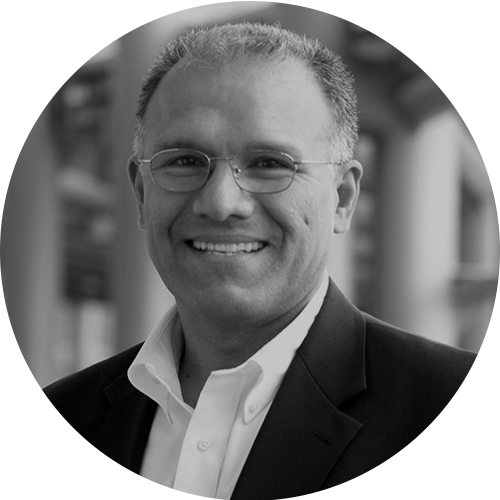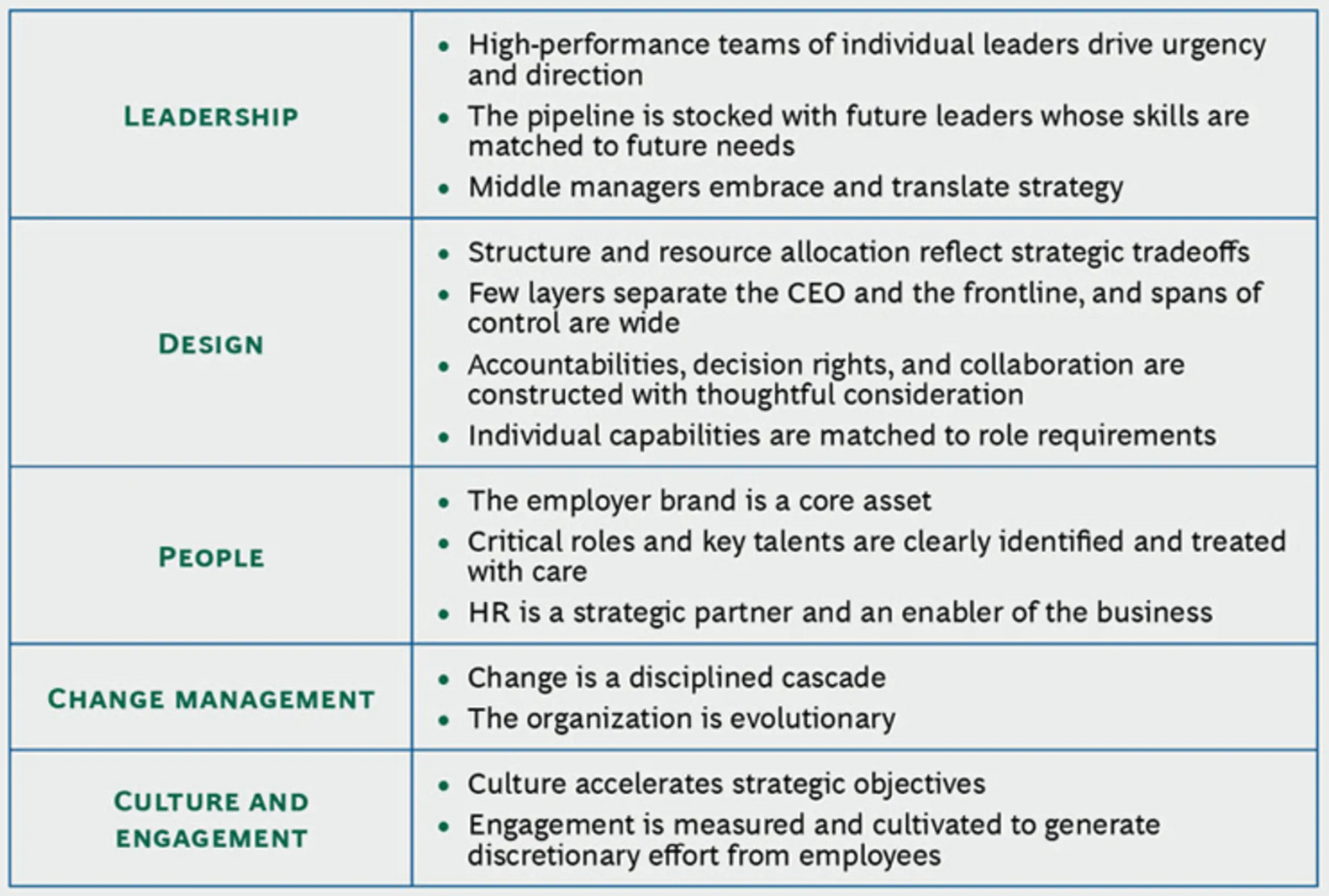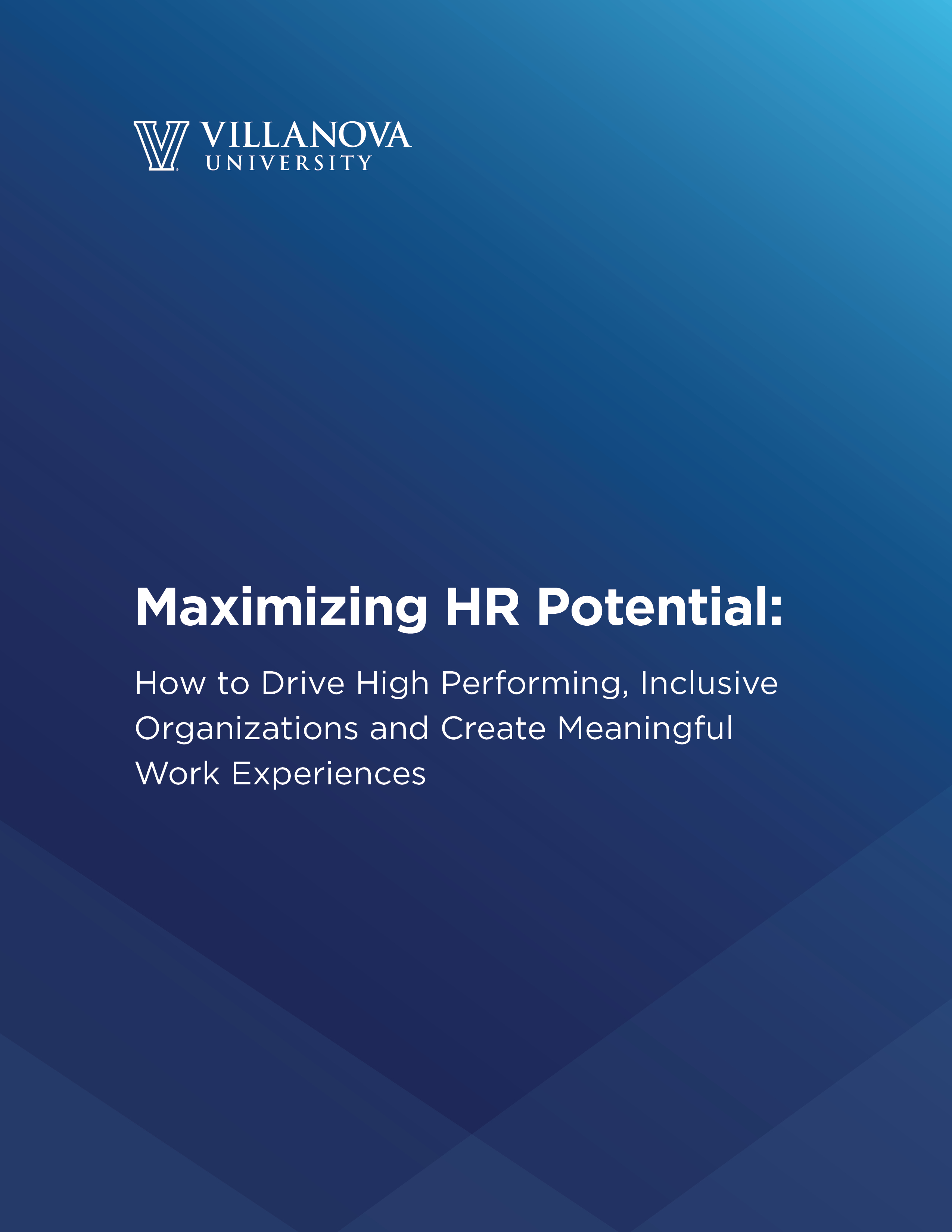How to Drive High-Performing Organizations

Last Updated August 5, 2019
Attaining and sustaining high performance status is a goal shared by practically every organization.
These organizations are focused on “long-term success while delivering on short-term goals. The workforce is engaged. They are flexible, customer-focused and able to work effectively in teams,” according to Dr. Enio Velazco. Velazco is a veteran human resources executive and adjunct faculty member in Villanova University’s Graduate Program in Human Resource Development, where he teaches two courses, HR Technology and Strategic and Global HR Leadership. Velazco is also a frequent contributor to Villanova’s HRD Corner Blog.
Becoming a high-performing organization takes hard work. So does maintaining it.
Companies that reach that level and intend to stay will rely heavily on their human resource teams to create conditions in which they can thrive.

“High-performing HR organizations drive business and workforce-related outcomes”
– Dr. Enio Velazco, Adjunct faculty member in Villanova University’s Graduate Program in Human Resource Development
“They create the conditions to attract, develop, retain and engage key talent. They deliver good services to their workforce and foster the right employee behaviors to build a supportive, collaborative culture.”
For an organization’s human resources department, creating the conditions for high performance means focusing on the employee experience, Velazco said. He defines the employee experience as “the sum of everything an employee experiences throughout his or her connection to an organization.” This includes work-related matters and life events that occur — from the birth of a child or death of a loved one to interactions with daycare and wellness programs.
Velazco’s description reflects the theme of the 2019 Society for Human Resource Management (SHRM) conference and exposition, “Creating Better Workplaces.”
What Drives an Organization’s Success?
Velazco cited the Boston Consulting Group’s study, “High Performance Organizations: The Secrets of Their Success,” and its list of characteristics shared by successful teams. The characteristics are grouped into five categories:

Source: Boston Consulting Group
The human resources team provides the support necessary for teams’ success in a number of ways. According to a SHRM article titled “Developing and Sustaining High-Performance Work Teams,” some of the ways HR departments can help their teams attain high performance include:
- Selection of team members and support of team cohesiveness: Diversity makes for a strong team that is both productive and creative. The team’s make-up should reflect the diversity of the organization in its mix of genders, ages and ethnicities.
- Communication: Information must flow freely, and work matters should be discussed in a frank but respectful manner.
- Conflict resolution: Conflict must be handled constructively. It’s important to depersonalize the conflict and deal with it as soon as possible. Successful teams view conflict as a reflection of its diversity as well as a chance to learn and consider different perspectives.
- Collaboration: HR should work to promote shared goals, interdependence and the importance of what the team can accomplish together.
- Team member training: HR should provide training on working as a team (covering the items listed above) to clearly establish the expectations of team members.
- Assisting new and departing team members: When a new employee joins or an employee leaves the company, the team’s dynamic is impacted. HR can help both processes work smoothly, bringing new members up to speed while recognizing the departing members’ service and accomplishments.
Velazco credits HR with driving an organization’s success but believes underperformance can be attributed to HR as well.
“Organizations experiencing high voluntary turnover and low engagement levels typically have below-average HR teams,” Velazco said. Correcting these flaws, he said, requires the organization to focus on identifying necessary resources and key roles, balance power throughout the organization, create efficient and effective processes, establish metrics and rewards to drive the right behaviors and implement people practices that develop and sustain the organization’s capabilities.
How to Drive a High-Performing Organization of the Future
With more than 25 years of experience as a human resource professional, Velazco has seen plenty of changes in the profession, and he expects to see many more.
Among those changes are globalization, which requires HR to manage facilities and employees around the globe, requiring knowledge of, and compliance with, legal issues in different countries.
“Evolving societal attitudes as well as new labor laws precipitated flexible schedules, contract workers, remote employees, mission-driven organizations, corporate social responsibility and wellness programs, initiatives to lessen unconscious bias, the ‘Me Too’ movement and more,” Velazco said.
HR teams increasingly are thought of as businesspeople responsible for driving high performance and the attainment of the organization’s goals. HR will continue its evolution, Velazco said, with technology driving much of it.
“Artificial intelligence, machine learning, interactive voice response, robotics, augmented reality, virtual reality and business analytics will result in the automation of many tasks,” Velazco said. He believes recruiting, onboarding and many training functions will soon become fully automated.
As a result, “HR professionals will become human capital strategists – trusted advisers with more business knowledge, technology savvy, data analysis competence and change management expertise. They will act more like internal consultants and lead job redesign teams charged with selecting which tasks and jobs to automate next.”
With all the change, though, HR’s focus should remain on the employees, Velazco said. “HR is using employee experience as an operational compass to build a better workplace.”
Velazco said HR must continue to make changes in people processes, rewards, learning and development and organizational structure to bring about the employee behaviors that result in a better workplace, adding that “the better the employee experience, the better the workplace.”
Maximize Your HR Potential
Learn how to drive high performing, inclusive organizations and create
meaningful work experiences with this three-part series.






